On the Gospel of John, Part 1: The Word Made Flesh
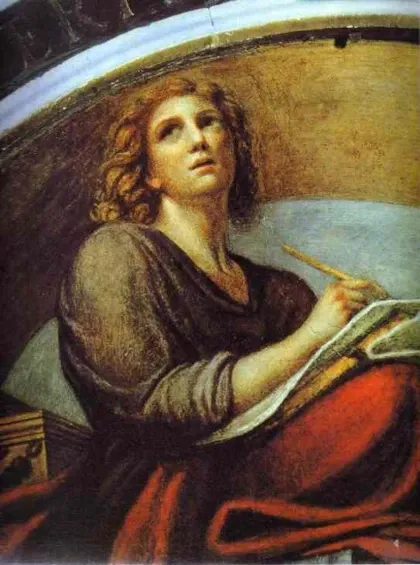
On the Gospel of John, Part 1: The Word Made Flesh
Christianity is Divine Truth which stands opposed to worldly philosophies. Therefore the LOGOS cannot be described in accordance with worldly philosophers such as Plato and Aristotle. Anyone who attempts to do so, fails miserably.
Here we shall endeavor a presentation and commentary of the Gospel of John. This Gospel is unlike any of the others, which parallel one another in many ways and which are for that reason called the Synoptic Gospels. None of the writers of these other gospels were witnesses to the entire ministry of Christ, and therefore they also relied on accounts provided by others, in whole or in part. Before discussing John, we shall explain this briefly, but we must warn that the documentation or reasoning which supports these brief explanations is found throughout our other commentaries, and we can not repeat it all here. We will, however, see some of our evidence in the words of the early Christian writers as we cite them in our discussion of John.

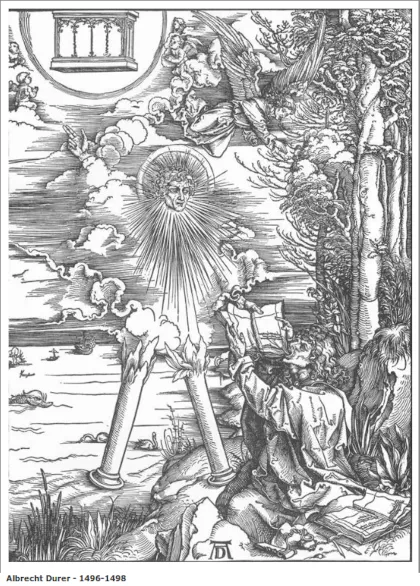
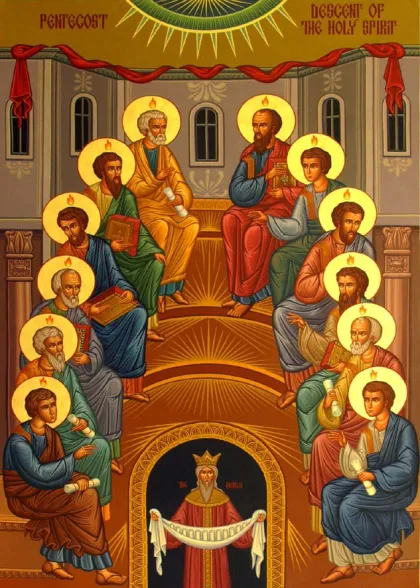

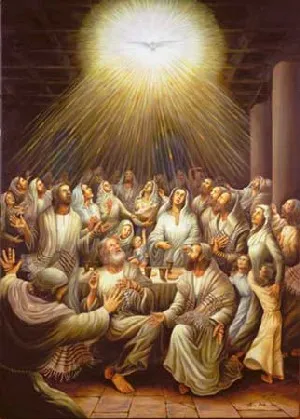
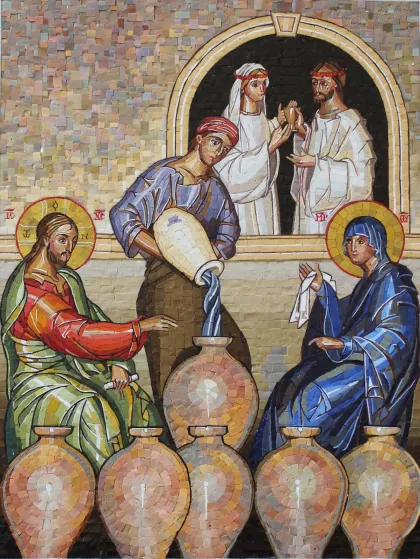
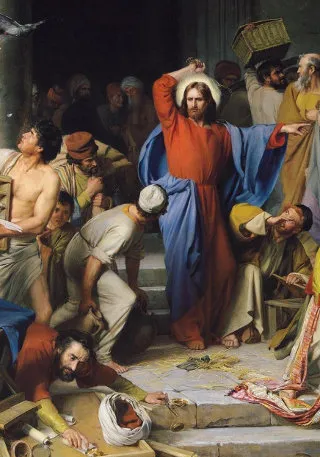
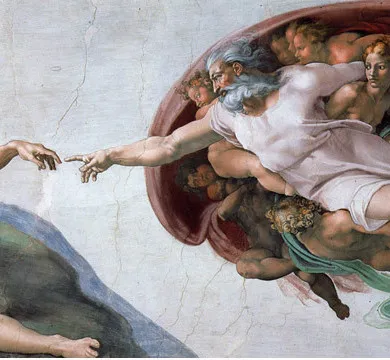
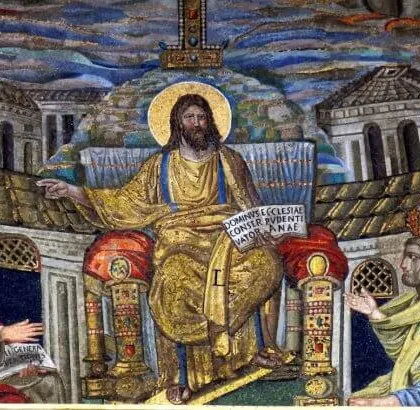
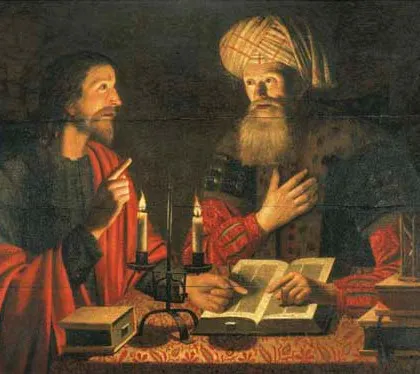
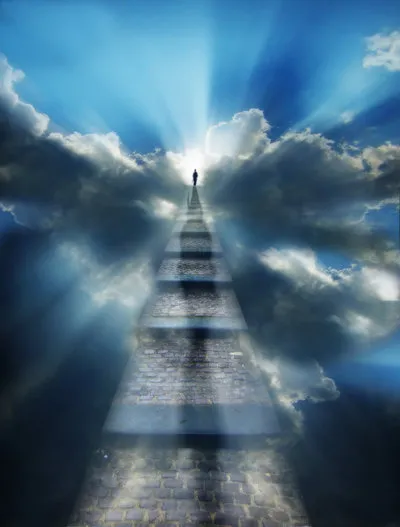
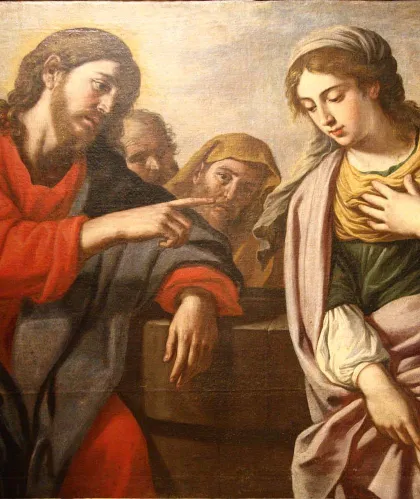
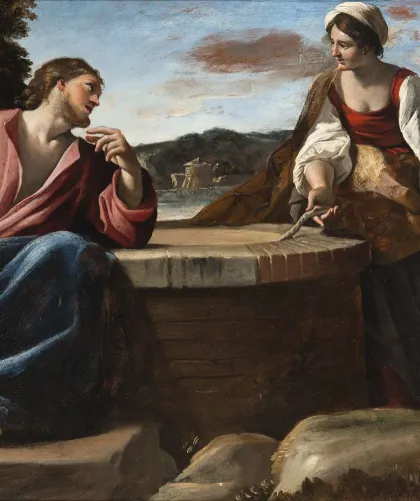


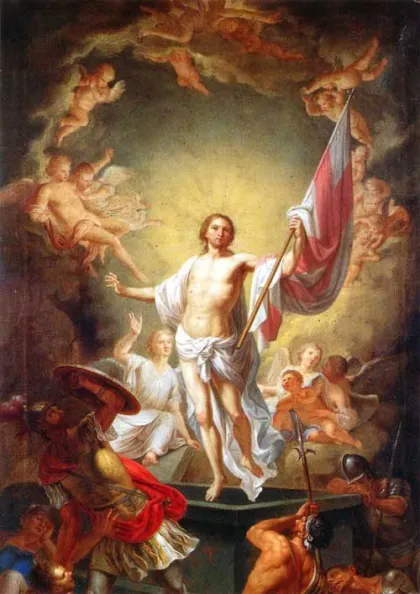


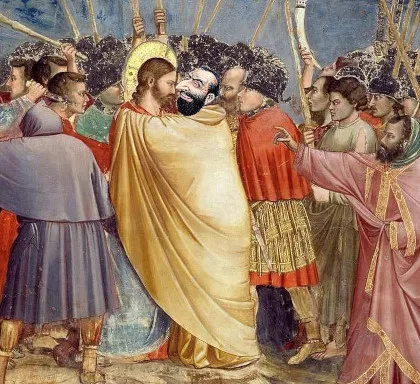





 Please click here for our mailing list sign-up page.
Please click here for our mailing list sign-up page.







